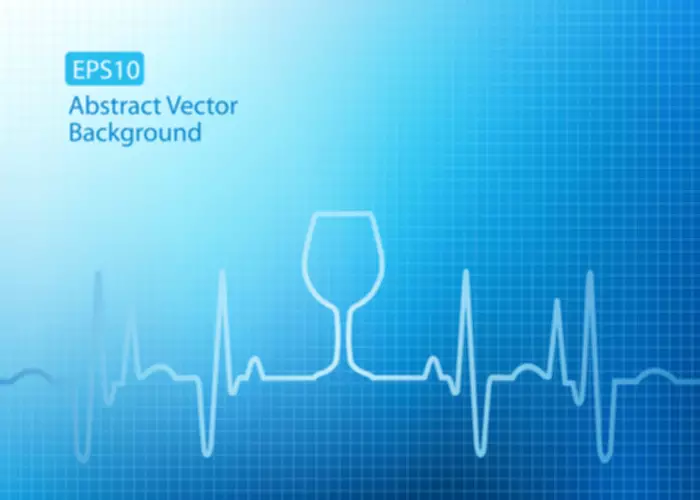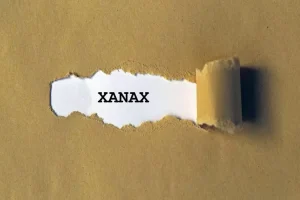OxyContin Addiction, Abuse, And Treatment
“играть В Онлайн Казино 1win На настоящие Деньги 200% Бонус На Депози
April 18, 2023Casino Pin Up Pin-up Casino Resmi Sitesi Türkiye Giriş Ve Kayıt Çevrimiçi</tg
April 18, 2023OxyContin Addiction, Abuse, And Treatment

Cutting back doesn’t seem like an option — in fact, it feels downright impossible. If you think you or a loved one has an oxycodone addiction, speak How Addictive Is OxyContin with a healthcare provider. They can answer any questions, perform a physical examination if necessary, and refer you to a treatment center.
- Prescription forms of oxycodone are designed to provide around-the-clock relief.
- Some chronic pain patients are dependent on opioids and require medical support to stop taking the drug.
- This life-threatening drug misuse is even more dangerous if the pill is effective for a longer period of time.
- Never share opioid medicine with another person, especially someone with a history of drug abuse or addiction.
Mixing OxyContin and Alcohol or Other Drugs
Do not drive, use machinery, or do anything that needs alertness until you can do it safely. When this medication is used for a long time, it may not work as well. To lessen the chance of choking or having trouble swallowing the tablet, take only one a tablet at a time if your dose is for more than one tablet. Do not pre-soak, lick, or wet the tablet before placing it in your mouth.
The Beginning: How OxyContin Addiction Takes Hold
Oral tablets of NKTR-181 was studied in Phase III for patients with moderate to severe chronic low back pain (Markman et al. 2019) and in Phase II for patients with osteoarthritis knee pain28. The phase III clinical trial of NKTR-181, in patients with chronic low-back pain, reported that NKTR-181 displayed low potential for opioid withdrawal and abuse liability almost similar to that of placebo (Markman et al. 2019). Despite the encouraging results, Nektar decided to withdraw NKTR-181 marketing application because of insufficient evidences determining the possible abuse when snorted or injected, and the potential for liver toxicity29,30. The prescription drug abuse epidemic in the United States and other westernized countries has had a significant impact on morbidity and mortality. Opioid overdoses continue to rise despite many attempts to curb the epidemic, such as increased regulations, monitoring, and a much-needed emphasis on safe opioid prescribing. Although there are individual differences in the propensity to develop a substance use disorder, the reality of the widespread abuse of prescription opioid analgesics makes it imperative to understand the extent opioid choice affects these outcomes.
Oxycodone in the Opioid Epidemic: High ‘Liking’, ‘Wanting’, and Abuse Liability

Oxycodone was approved by the United States Food and Drug Administration (FDA) as a schedule II narcotic analgesic; the FDA is tasked with protecting the public health by ensuring the safety, efficacy, and security of human and veterinary drug. The first formulation containing oxycodone produced by Merck in 1939 was combined with scopolamine and ephedrine, but the company discontinued it in 1987 (Defalque et al. 2003). Many pharmaceutical companies have made attempts to formulate abuse-deterrent drugs in an effort to prevent opioid abuse.

OxyContin Use and Abuse
In addition, a revolving door of officials leaving government regulatory agencies such as the Drug Enforcement Agency regularly join the pharmaceutical industry with little to no “cooling off” periods. Rising death trends are linked to drivers such as the anxiety and isolation of COVID-19 as well as continued lack of access to quality care and prevention. In the event of complications, such as chemical imbalances or vomiting and diarrhea that can cause severe dehydration, withdrawal can turn dangerous. In most cases, it is recommended to use a medically-supervised detox option. In order to be diagnosed with an oxycodone use disorder, you must meet two or of these criteria within a 12-month period. If you meet two or three of the criteria, you have a mild oxycodone use disorder.

- Pinsky admits to holding a minority view when he says no one should be treated with opiates more than two weeks, particularly if there’s a family history of addiction.
- OxyContin contains oxycodone, a strong pain reliever that helps reduce pain by activating opioid receptors in the nervous system.
They’re usually meant to be taken for a short time while a person recovers from an injury or surgery. Public health officials and community leaders urge people to seek treatment and highlight that recovery is within reach. Yet, roughly 70% of people who seek treatment are unable to access it. Barriers to treatment include health care costs, lack of available treatment options and social stigma. Research also demonstrates that some people are not ready for treatment or do not want to be sober. Since 2016, I’ve studied the overdose crisis with an eye to understanding its roots as well as its ramifications.
Tell your doctor if you also use an antibiotic, antifungal medication, heart or blood pressure medication, seizure medication, or medicine to treat HIV or hepatitis C. Using OxyContin with medicines that are CYP3A4 inhibitors or discontinuation of CYP3A4 inducers can result in a fatal overdose of oxycodone. Although oxycodone brings relief for many people suffering from traumatic pain, the dangers of the drug are becoming more clear than ever. Due to the euphoric effects of oxycodone, many people abuse the drug despite the risks. Those who begin abusing oxycodone on a regular basis are likely to develop a dependence on and/or an addiction to the drug. Oxycodone is extremely addictive because it is derived from opiates, making it similar to morphine and heroin.

Therapy and support groups help people suffering from oxycodone addiction overcome the psychological compulsion to use while medications can reduce the discomfort that comes with withdrawal. These symptoms can be extremely uncomfortable and are the reason many people find it so difficult to stop using opioids. There are medicines being developed to help with the withdrawal process, including lofexidine, a non-opioid medicine designed to reduce opioid withdrawal symptoms that was approved by the U.S. The FDA has also approved sale of a device, NSS-2 Bridge, that can help ease withdrawal symptoms.
Find more top doctors on
- These symptoms can be extremely uncomfortable and are the reason many people find it so difficult to stop using opioids.
- Read more about this intertwined problem in our Prescription Opioids and Heroin Research Report.
Avoid eating grapefruit or drinking grapefruit juice while using this medication unless your doctor or pharmacist says you may do so safely. Grapefruit can increase the chance of side effects with this medicine. Read the Medication https://ecosoberhouse.com/ Guide provided by your pharmacist before you start taking extended-release oxycodone and each time you get a refill. Additionally, people addicted to oxycodone also commonly abuse marijuana, benzodiazepines, and stimulants.
Side effects
Though it helps many people, this medication may sometimes cause addiction. This risk may be higher if you have a substance use disorder (such as overuse of or addiction to drugs/alcohol). Take this medication exactly as prescribed to lower the risk of addiction.
